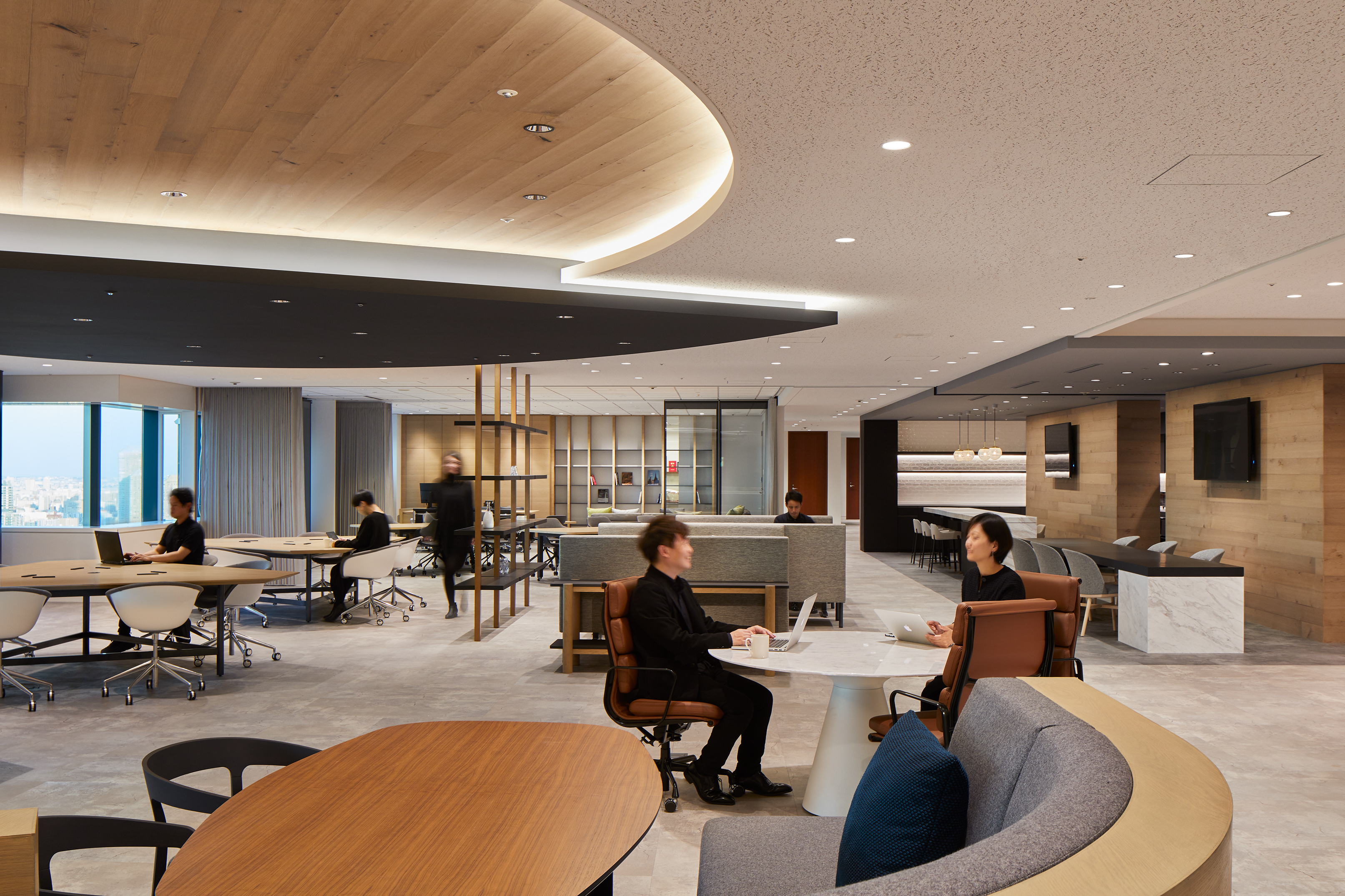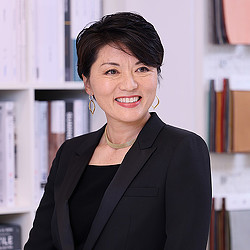How Workplaces in Tokyo Are Embracing Flexible Work
May 15, 2024 | By Chinatsu Kaneko
Editor’s Note: This article was originally published in September 2023. It has been updated throughout to reflect current trends and conditions as of May 2024.
Tokyo is embracing flexible work to support a diverse workforce and companies are taking careful steps to design workplaces that meet modern expectations as workers seek a fulfilling work-life balance. Since the start of 2017’s Japanese government-driven Work Style Transformation mandate, companies have become more modernized to address some of the challenges the country is facing, such as labor shortages, an aging population, the need to increase birth rates, employee well-being, and gender equality and diversity in the workplace.
Flexible work allows for different work styles and creates accessibility that supports a diverse workforce. The inclusive workplace creates a sense of trust and support for employees that increases productivity and retention, while also offering an environment that empowers employees to do their best work.
In late 2023 and early 2024, we started to see a shift in the way companies are addressing work policies. There are those that encourage employees to spend more time in the office for more vibrant engagement, collaboration, and innovation. There are others that have embraced remote work to bring in talent regardless of location and to support diverse work styles. Both continue to operate with a flexible work style that supports the employee’s individual needs and preferences, but the emphasis on the best performing workstyle differs from one to another. Companies who piloted different work styles and ideas over the last few years have more information and insights from which they can make educated decisions regarding their longer-term commitments to their improved workplaces.
Recurring Themes in Today’s Workplace
Gensler’s most recent Global Workplace Survey report found that employees spend equal amount of time (40%) doing individual work as they do workinbg with others (40%), either in-person or virtual collaboration. In general, people seem to be collaborating more.
When it comes to designing high-performing workplaces for hybrid environments, we are seeing similar trends emerging in Tokyo, including:
- Collaboration and knowledge sharing, both formally and informally, can be found in learning centers, multi-purpose event and collaboration spaces, and large staircases that connect all floors with surrounding communication spaces. Gensler transformed the Fujitsu executive floor to create a more communicative environment for staff and executives. The workplace reinvented the executive space as a useful and approachable environment for all Fujitsu staff.
- Focus space for concentrated work and private conversations as employees seek environments that support concentration.
- Wellness through amenities and by creating a healthier environment with access to natural light, and a range of food options in the employee café.
- Strengthening people’s sense of belonging to the culture and mission of the brand with branded interior design that goes beyond putting corporate mission on the wall, and digital touchpoints throughout the workplace. Shiseido's Tokyo office is an early example that embodies the global beauty company’s new vision — Work x Life x Beauty — through the creation of an immersive workplace where people can experience Shiseido’s values and mission come to life, providing a great example of the power of collaboration with ample dynamic working environments that encourage employees to interact and exchange ideas.
- Working in tandem with coworkers both in-person and virtually requires improved technology, training on leading hybrid meetings, and better spaces to execute different types of hybrid work.

Empowering Change Through Collaborative Pilots and Adaptation
In Tokyo, our collaborative approach to pilot projects is a differentiator. Our clients are empowered to make informed decisions about their future work dynamics while finding thoughtful responses to a diverse array of questions such as: How do employees best collaborate with one another? What are the technologies and tools we need in these spaces? How are these spaces supporting neurodivergent and disabled employees?
By piloting new space types, we can test ideas, collect user feedback, and continuously improve the design. The critical component in successfully executing pilots is to set the right parameters and evaluation criteria. For example, a digital transformation consulting client tested a variety of spaces and decided that teamwork was most valuable to them. Our final design kept the office configuration that best supported that outcome.
Piloting engages stakeholders and end-users in the final decision-making for workplace design. It also fosters dialogue among employees about how to improve their work style for the future. Similarly, we see executives asking deep questions about performance evaluation, employee well-being, how they are creating value and innovation, and defining what offices are for in their own way.
While we know many workers want to be in the office, these workplaces must be destinations that support a variety of work styles and a range of employee priorities like mobility, choice, privacy, and working with others virtually. The future of hybrid work in Tokyo and beyond hinges on creating inclusive workplaces where employees can be empowered to be their best.
For media inquiries, email .
_1692988207_1024x576.jpg)
